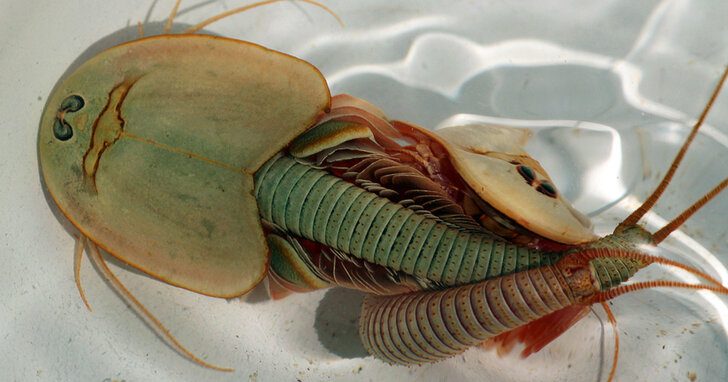Science can help bring lucidity and clarification to this chaotic world. No doubt, it's full of logical explanations that help in defying our commonsense and general understanding with every passing year. But every now and then, mystifying discoveries come to the surface that leave us completely speechless. For instance, the emergence of a super weird species out of nowhere!
When something like that happens, we’re forced to question our beliefs and marvel at the power of nature. Now, if you’re wondering what we’re talking about, allow us to boggle your minds!

Moritz Kindler/Unsplash | Every now and then, mystifying scientific discoveries come to the surface that leave us completely speechless
The freaky mystery
This week, the visitors at Arizona Wupatki National Monument were surprised and spooked out when they witnessed hundreds and thousands of freaky three-eyed critters emerging out of nowhere. It took a strong summer storm for these mini three-eyed crabs, called Triops, to hatch and show up in a lake situated in the northern part of the Arizona desert.
They might not be great in size, as they're only a half-inch long, but oh boy, they look damn quirky! These tiny dinosaur shrimp-like creatures reside in the desert, an environment where they could lie dormant without being disturbed until a strong monsoon breeze brings them back to life in the temporary waters. They hatch from eggs having tiny carapaces that resemble helmets with two large eyes and a small photoreceptor eye between them for detecting light.
Where did they come from?
It's not a usual sight to notice Triops appearing out in the wild; in fact, it's such a weird and rare occurrence that the staff of the National Monument themselves were shocked. They were confused whether to term it as a tadpole sighting or something else. Lauren Carter, Monuments Lead Interpretation Ranger, wondered if the toads living in the burrows beneath found an opportunity to lay eggs while the ground still had moisture.
To be sure, she tried scooping some samples, and right after having a hold of one of those relics, she suspected them of being Triops and started pursuing her online research.

NPS | The area at Arizona Wupatki National Monument where the Triops appeared in large numbers
The origin of the Triops
It's believed that the three-eyed crustaceans were first seen about 400 million years ago, around the Devonian period, very long before when the dinosaurs used to roam around the earth. Now we can’t really say whether or not their appearance has changed, but they've significantly evolved into two different genera, called triops and lepidurus, usually found in the temporary freshwater ponds of south, central and north America.
Could this be the reason behind the miraculous discovery?
ICYDK, the amount of rain Wupatki experienced in the latter half of July (5 inches) was absolutely incredible. Usually, that area only receives somewhere around 9 inches of rain each year, but getting more than half that quota within a month was unheard of hitherto.
Researchers believe this drastic change is what prompted the Triops to appear in such huge numbers. The creatures rose for not more than two weeks, merely taking the required time to hatch and filter-feed, before making their way through several molts in the time of one week prior to starting the next cycle of reproduction. So you should probably wait a bit before rushing off to Wupatki to have a glimpse of these bizarre creatures.

© Ripleys Believe It Or Not | Researchers believe unusually heavy rainfall in the region is what prompted the Triops to appear in such huge numbers
All said and done, what this proves is that perhaps Mother Nature isn’t done surprising us yet. You never know what kind of events and species are yet to come.




